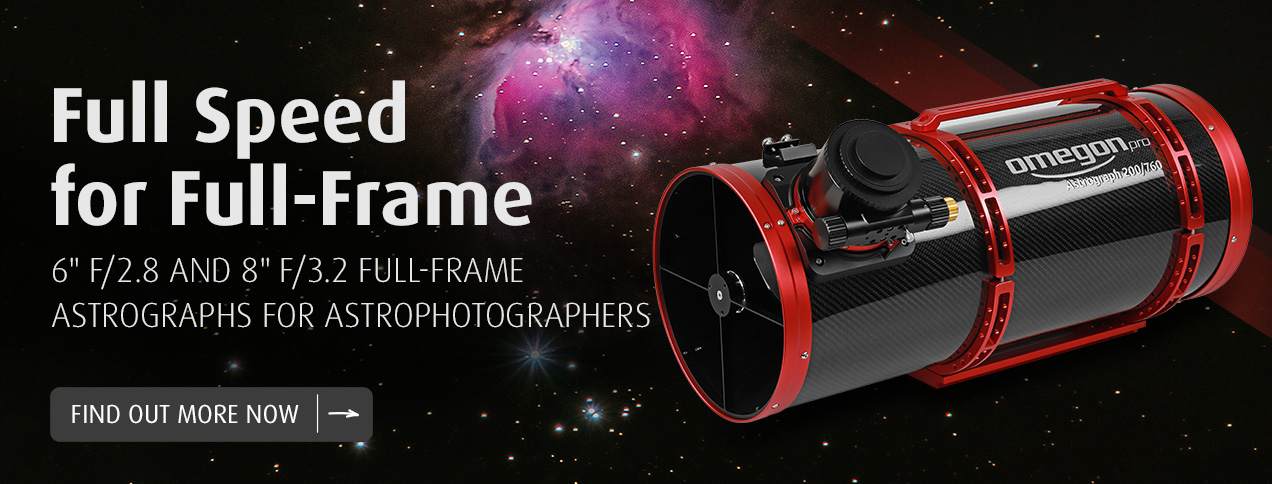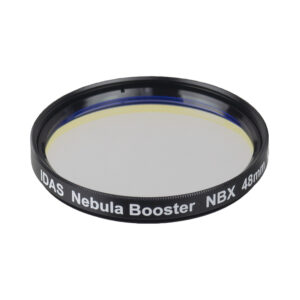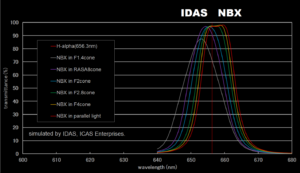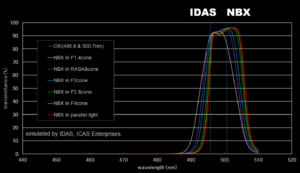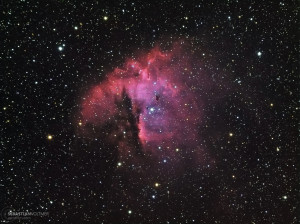The new Astrographs from Omegon are special telescopes for full-frame cameras, and offer high light-gathering capabilities. With the dizzyingly fast aperture ratio from f/2.8 to f/3.2, you can take astronomy photos with extremely short exposure times.
Pole position on your mount
This telescope doesn’t need to warm up, it’s ready to go immediately for fast astrophotography. The 6-inch and 8-inch astrographs with f/2.8 and f/3.2 are about three times faster than a normal f/5 Newtonian telescope. This means you can take astronomical photos much quicker, and minimise tracking errors.
Short focal length, large field of view
Wide-field astrophotography is gaining ground and has a very large fan base thanks to mounts such as the MiniTrack. But with this telescope, you can go a step further into the detail and capture wide nebulae and create fantastic wide-field images.
Full speed for full-frame
With a 3-inch focuser, the built-in 3-inch corrector and a 90mm secondary mirror, the Omegon Astrograph illuminates a 44mm image circle, making it perfect for using with a full-frame, high-resolution camera. With a working distance of 55mm, you do not need any additional distance adapters for DSLR cameras. With the Omegon Telescope Pro Astrograph N200/640 OTA, you have a screen diagonal of about 3.8 degrees, with a standard full-frame sensor. This makes the California Nebula in Perseus, the Andromeda Galaxy or the area around the Veil Nebula amazing destinations.
Elegant carbon tube
The new astrograph not only looks elegant and high-quality, it actually is. The carbon tube offers you the additional advantage of stable focus, because the material is particularly thermally-stable.
The models are available in the following variants:
Omegon Telescope Pro Astrograph N150/420OTA
Omegon Telescope Pro Astrograph N 200/640 OTA
Do you want to explore new horizons in astrophotography? Then get to know the Omegon Astrograph.

